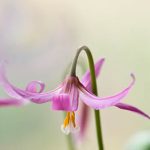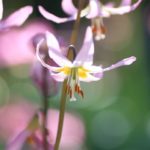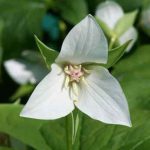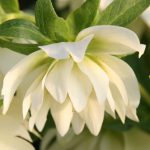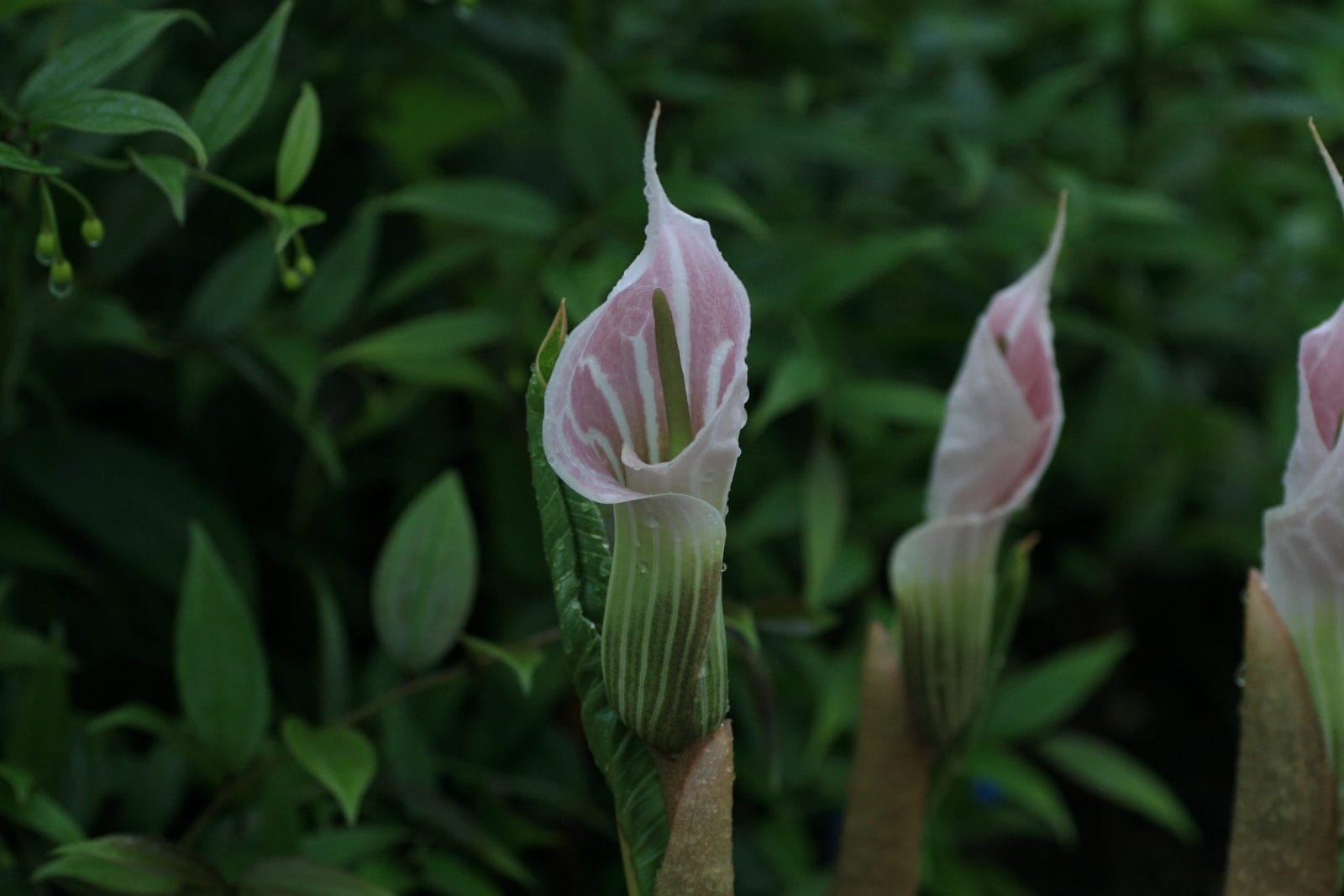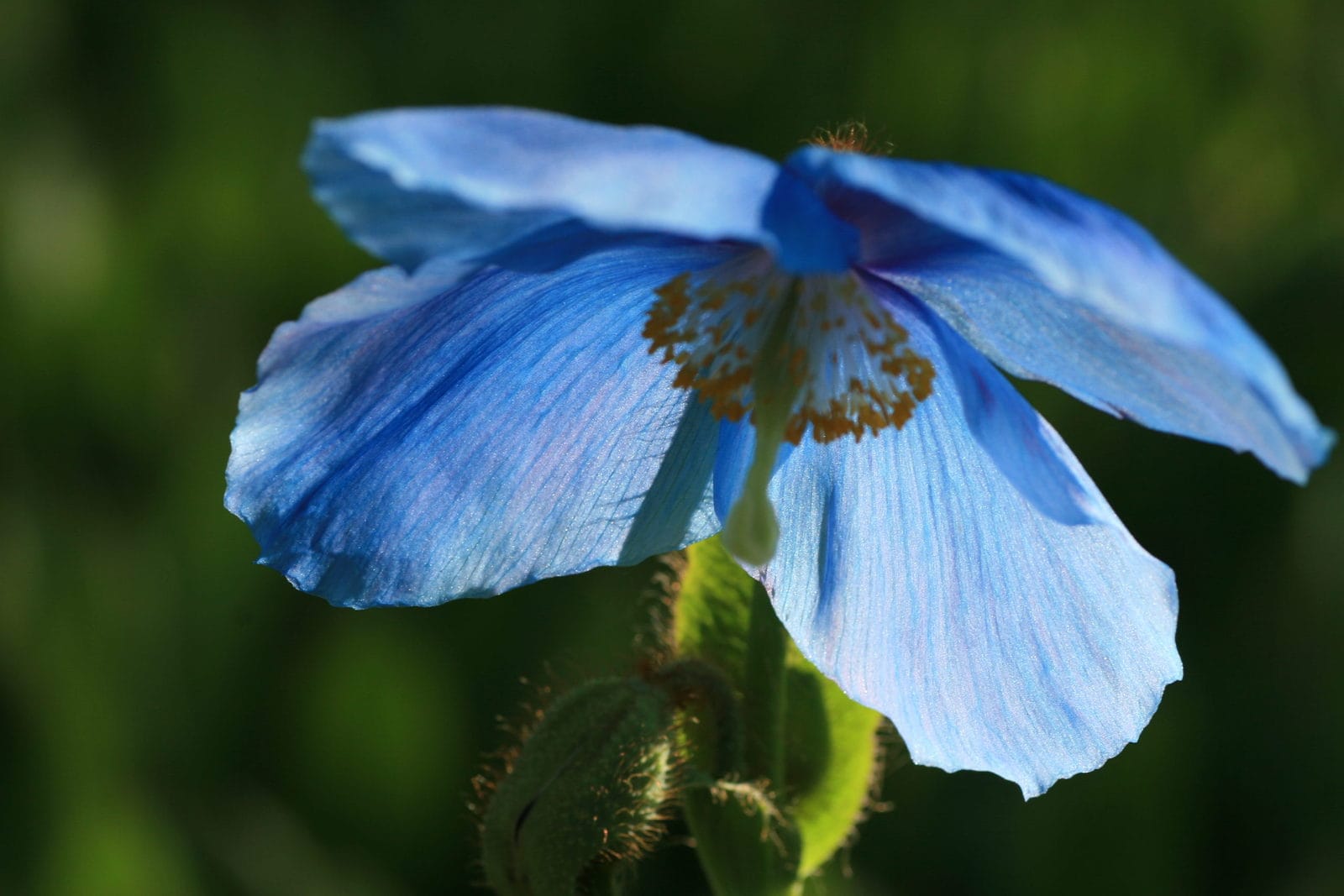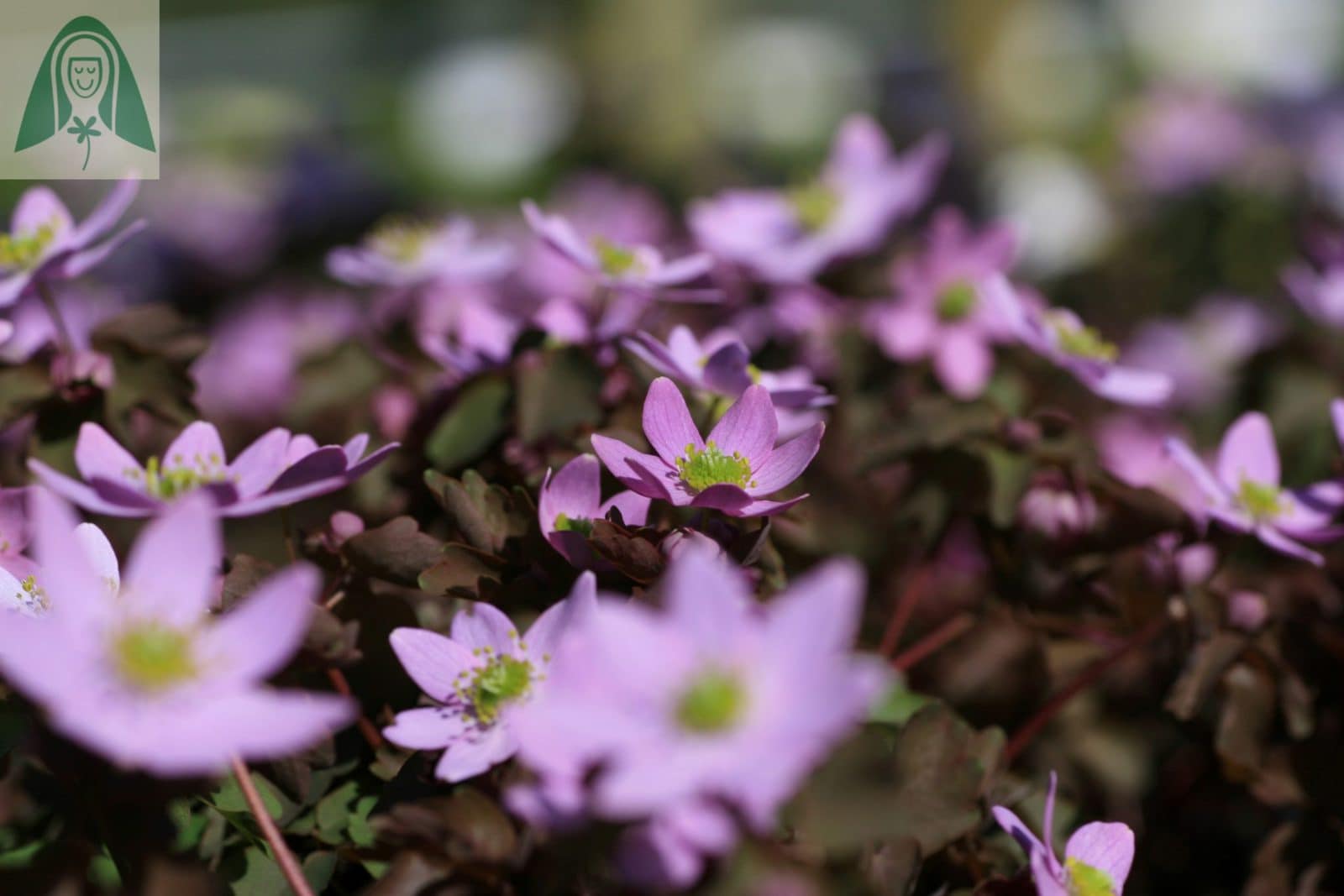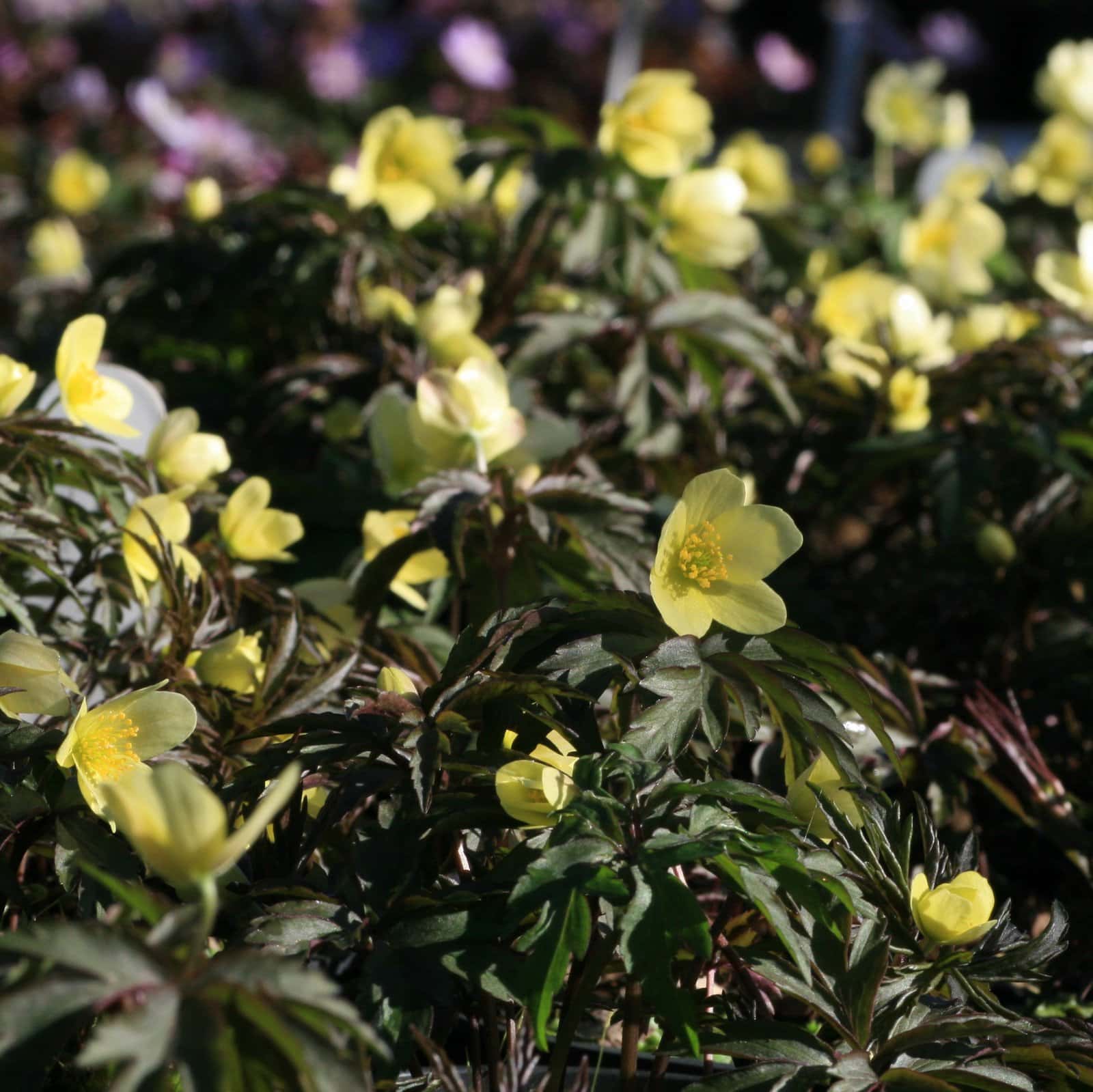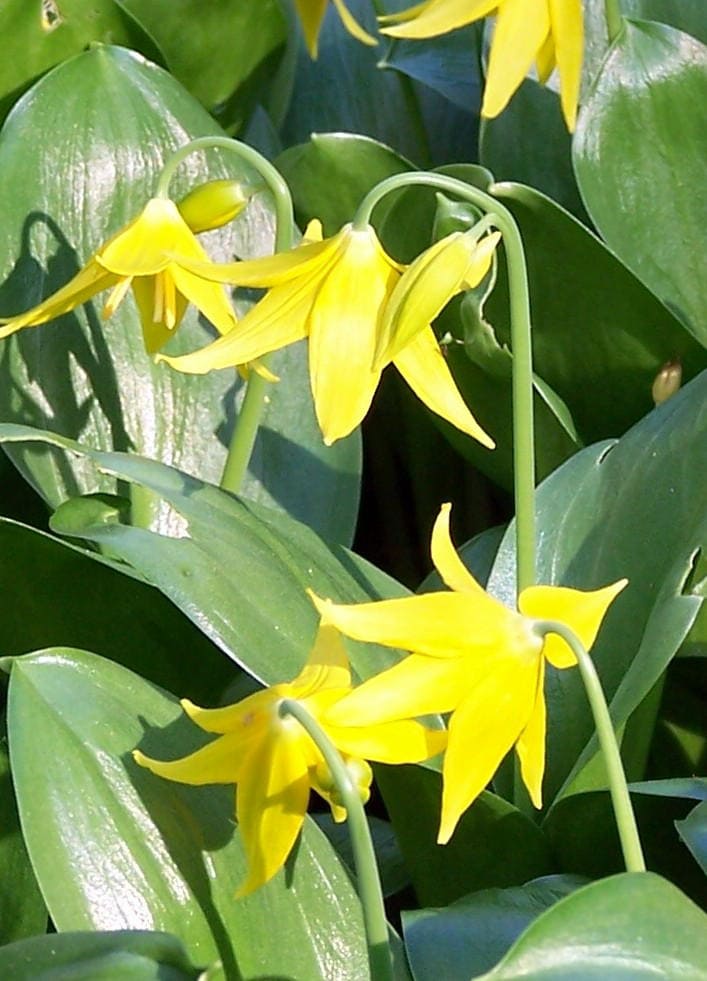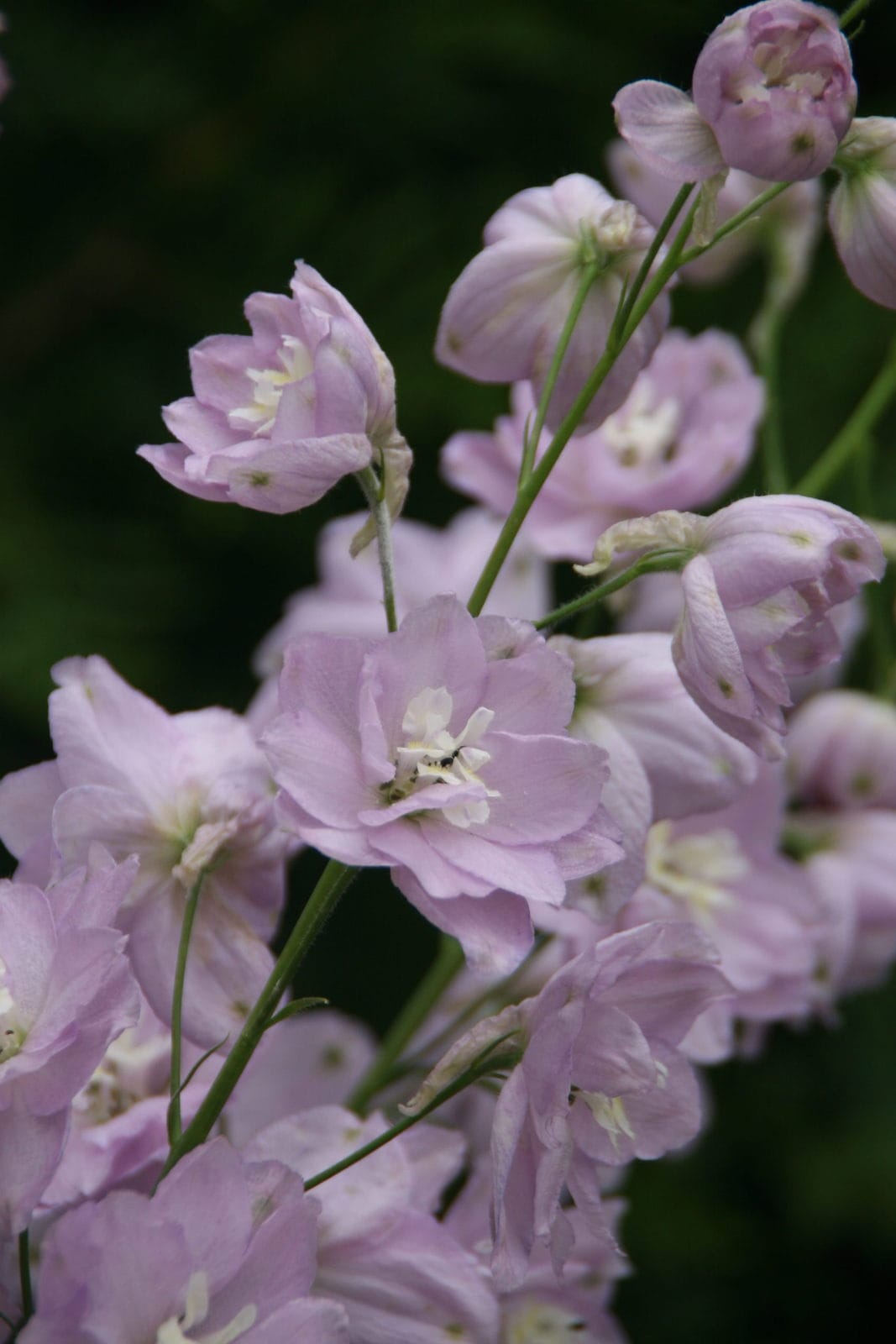Erythronium oregonum (3 bulbs for £15.00)
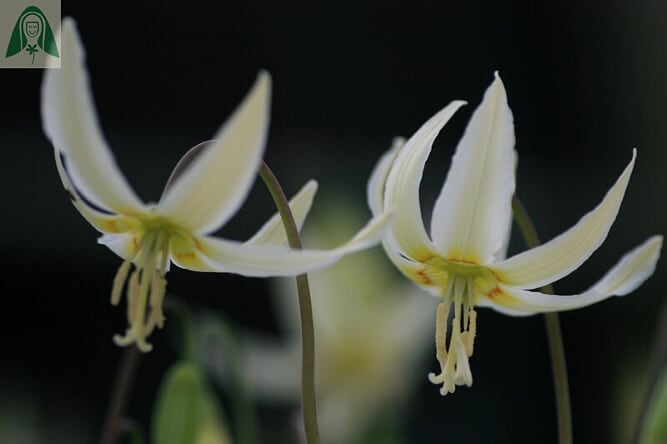
Erythronium oregonum is a bulbous perennial which grows up to 30cm in height. A native of British Columbia and Oregon, this lovely trout lily is so named as its maroon and green mottled leaves resemble the scales of a trout. The elegant creamy white flowers with a yellow eye are borne from mid March to early April.
Erythronium oregonum flowers from mid March. Their leaves die back in June and the bulbs become dormant over the summer. The best time to buy and plant Erythronium bulbs is in July/August/September, because they will root down in the autumn while the soil is still warm. The attractive glossy leaves start to emerge towards the end of February.
Please note: We send these to you as dormant, freshly lifted, flowering size bulbs from July through to September ready for potting up or planting directly into the garden.
The species and cultivars of Erythronium that we offer are all selected because they are good garden plants. They grow well in dappled shade and the bulbs should be kept damp and not dried out.
Our collection has taken many years to develop. It takes at least 5 years to grow a flowering sized bulb from seed and propagation by division is slow.
For Erythronium oregonum planting advice see our Erythronium Planting Advice page.
Our Erythronium range has been reviewed in The Telegraph and provides further information and advise which is well worth reading:-
‘Why now is the best time to plant Erythroniums, the most exquisite flowers of spring’

